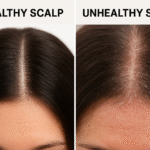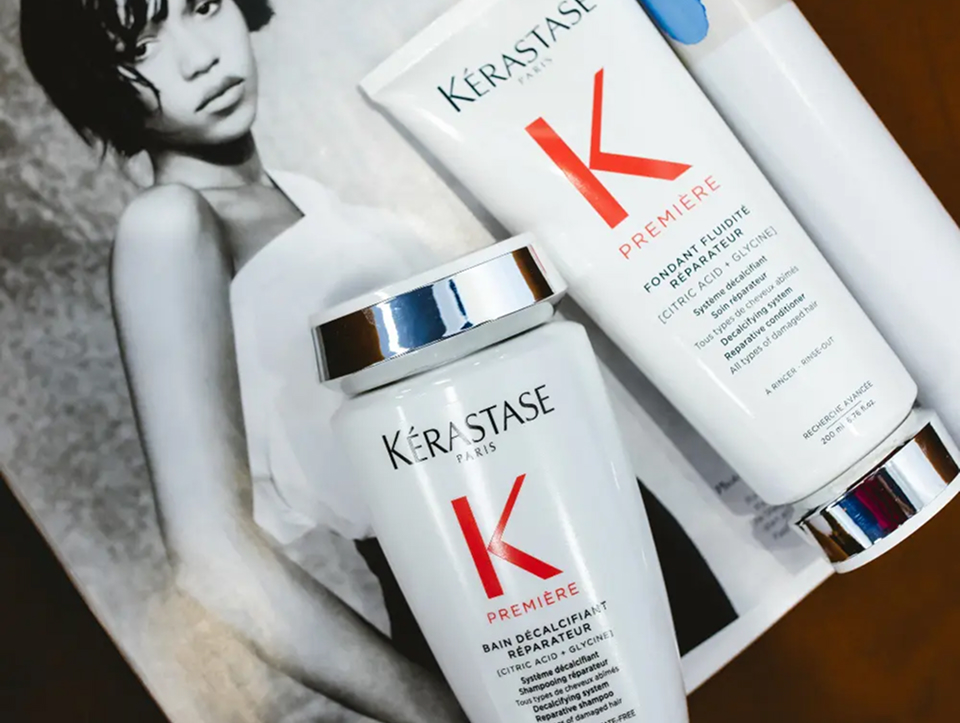You’ve just removed your hair extensions, and your natural hair feels dry, tangled, or stressed. Post extension hair is prone to tangling, breakage, product buildup, and scalp irritation.
Without a proper post extension hair care routine, these issues can worsen, resulting in weakened strands and a slower recovery. Follow our expert-backed post-extension haircare guide, which includes clarifying shampoo routines, deep conditioning, scalp care, detangling techniques, and targeted treatments.
Your natural hair will recover quickly, regain strength and shine, and stay ready for your next extension or style.
Understanding Hair Extensions and Their Impact

Hair extensions come in various types, including tape-in, keratin, clip-in, and sew-in. Each type interacts differently with your natural hair, and knowing how they work helps in planning post-extension care.
- Tape-in extensions: Lightweight, applied close to the scalp.
- Keratin bonds: Semi-permanent, require careful removal to avoid breakage.
- Clip-ins: Temporary and easy to remove.
- Sew-ins: Braided base, which can cause tension if worn too tightly.
🧴 For more on hair extensions, check out our guide.
Common Post Extension Hair Issues
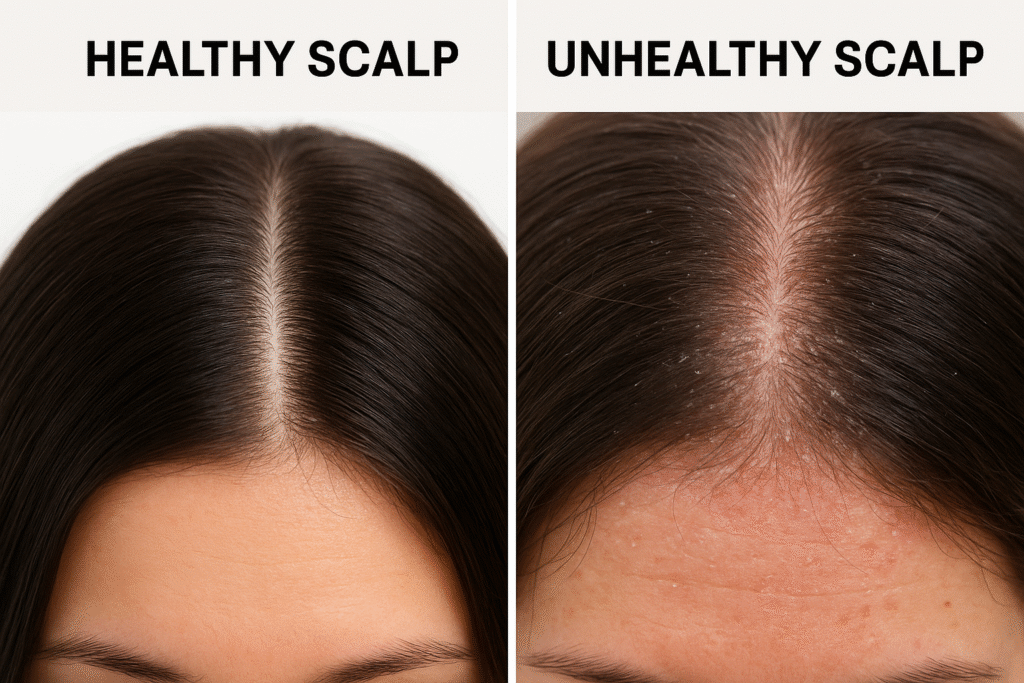
After removing extensions, your natural hair often experiences stress due to the attachment and removal process. Here’s a detailed breakdown:
- Product buildup: Adhesives, styling products, and natural oils can accumulate, weighing hair down and causing dullness. Over time, this can block moisture absorption and hinder scalp health.
- Matted or tangled hair: Especially near roots, extensions can cause knots or matting if left untreated. Detangling immediately and gently is essential to prevent breakage.
- Dry or itchy scalp: Removal can irritate the scalp, especially if tape or keratin bonds were involved. This may lead to mild flaking or sensitivity.
- Breakage and thinning: Tension from extensions or improper removal can cause damage to strands. Delicate or fragile hair is particularly susceptible to breakage or split ends.
✨ Tip: Always inspect your hair for weak spots and avoid aggressive brushing.
Post Extension Hair Care Routine
Now that you have removed your extensions, it is time to start caring for your scalp and hair.
1. Clarifying Shampoo
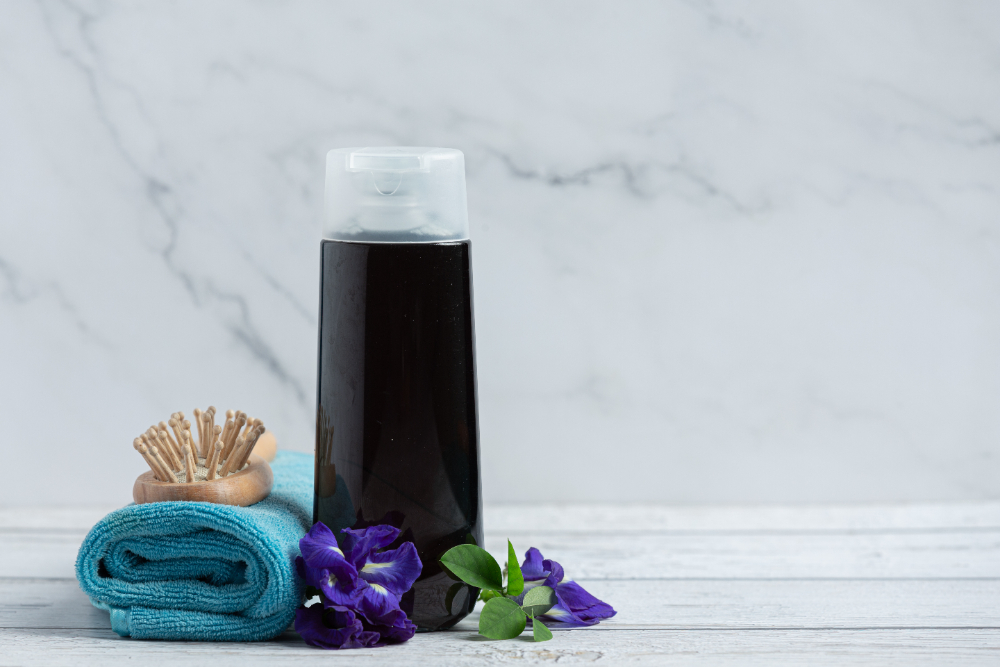
Clarifying shampoo is your first step after removing extensions. It:
- Removes adhesive residue, product buildup, and impurities.
- Prepares hair for treatment and deep conditioning.
- Should be sulfate-free to avoid over-stripping natural oils.
✨ Tip: Use warm water to open the cuticle slightly, allowing the shampoo to penetrate gently.
2. Deep Conditioning & Hair Masks
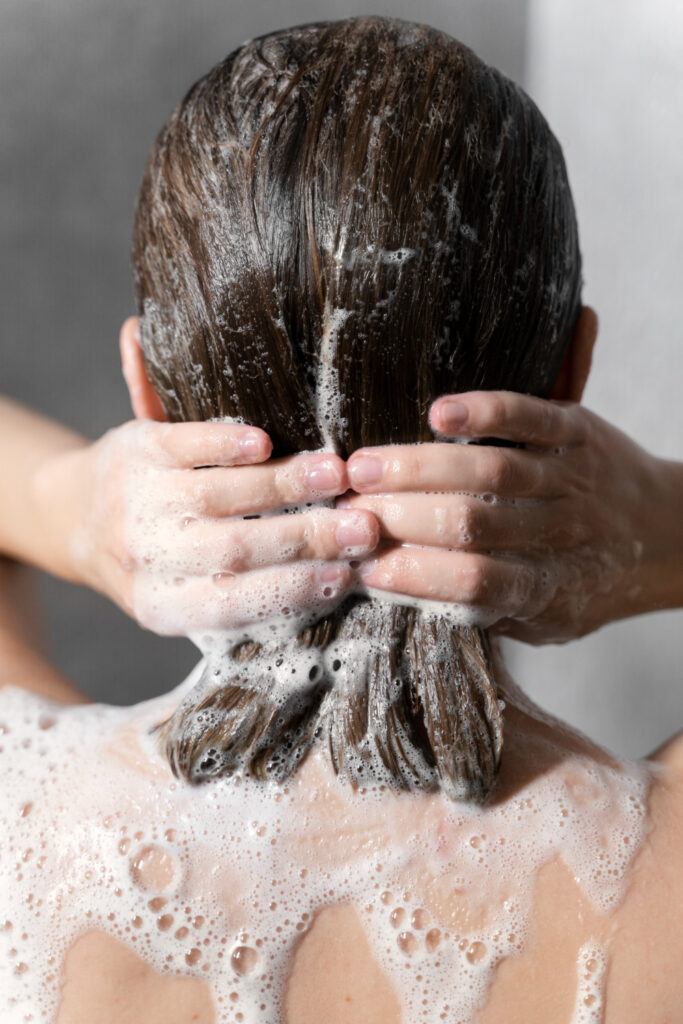
Deep conditioning restores hydration and strength. Key steps:
- Apply from mid-length to ends; roots usually need less.
- Protein-based masks are ideal if your hair feels weak or limp.
- Moisturizing masks can repair dryness caused by heat styling or removal stress.
✨ Tip: Cover hair with a shower cap for 15–30 minutes for deeper absorption.
3. Scalp Care

Your scalp may experience sensitivity or dryness after extensions. Proper care promotes recovery:
- A gentle massage stimulates blood circulation and encourages hair regrowth.
- Use a lightweight, nourishing scalp serum to soothe irritation and prevent flaking.
- Avoid heavy oils that can block follicles or make hair greasy.
✨ Tip: Gently massage in small circular motions for 3–5 minutes to improve circulation and promote relaxation.
4. Detangling and Styling
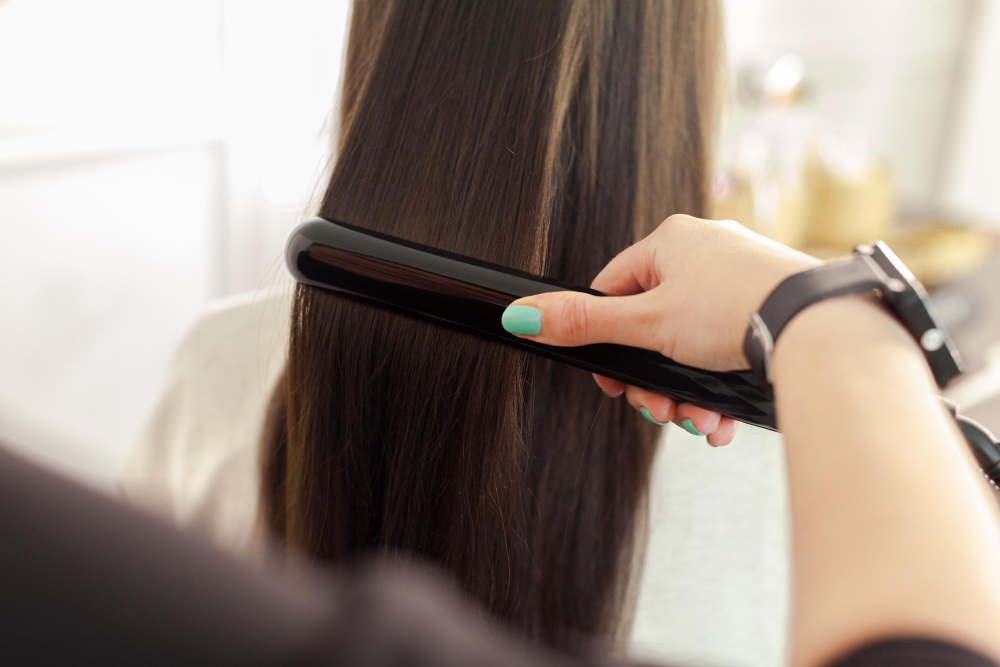
Extensions can cause tangles and matting at the roots. Proper detangling prevents damage:
- Start at the ends and work your way up to the roots.
- Use a wide-tooth comb or a detangling brush.
- Avoid forceful brushing; let knots loosen gradually.
- Limit heat styling for at least a week to prevent added stress.
✨ Tip: Apply a leave-in conditioner or lightweight detangling spray before combing.
5. Repairing and Strengthening Hair
After extensions, hair may need extra repair:
- Protein treatments strengthen strands and prevent breakage.
- Nourishing serums restore shine and smoothness.
- Rice water treatments may improve elasticity and shine while reducing friction between strands.
- Avoid frequent chemical treatments immediately after removal.
✨ Check out our guide on the best care under extensions.
Post Extension Care Table by Hair Type & Extension Type
| Hair Type | Tape-In Extensions | Keratin Bonds | Clip-Ins | Sew-Ins |
|---|---|---|---|---|
| Fine | Gentle shampoo + lightweight serum | Protein treatment weekly | Detangle carefully, minimal heat | Avoid tight braiding |
| Medium | Clarifying shampoo bi-weekly | Deep conditioning & serum | Detangle from ends | Scalp massage post-removal |
| Thick/Coarse | Moisturizing mask weekly | Strengthening treatment | Hydrate & detangle | Avoid tension, protective style |
Extra Tips for Healthy Hair Post-Extensions
- Hydrate daily with leave-in conditioners.
- Apply serum to ends to prevent frizz.
- Limit the use of heavy oils or styling products that can cause buildup.
- Sleep on a silk pillowcase to prevent tangling.
- Schedule treatments every 1–2 weeks to maintain hair health.
✨ While the post-extension hair care might seem extreme, and you may reconsider having extensions, we can give many other reasons as to why you should invest in extensions here.
Restore Your Hair After Extensions – Book Your Treatment Today
Your hair deserves the best care after extensions. By following this post-extension routine, you’ll maintain healthy, shiny, and strong hair ready for any style.
Take the first step toward revitalized hair today: Book Your Hair Treatment Now.
FAQ
How do I avoid buildup from styling products on my extensions?
To prevent buildup, use a gentle clarifying shampoo once a week and minimize the use of heavy styling products. Avoid oils or serums that are too thick, as they can weigh hair down and make detangling difficult.
What should I do immediately after removing hair extensions?
Gently detangle from the ends upward, then wash with a clarifying shampoo to remove residue. Follow with a deep conditioning treatment, and apply a lightweight scalp serum to soothe any irritation.
Can I use clarifying shampoo on hair extensions?
Yes, but ensure it’s sulfate-free. This helps remove adhesive and product buildup without stripping the hair’s natural oils or weakening the extension bonds.
How often should I deep condition post-extension?
Ideally, 1–2 times per week, depending on the dryness and porosity of your hair. Fine hair may need less frequent conditioning, while coarse or chemically treated hair benefits from weekly deep treatments.
How can I prevent hair breakage after extensions?
Handle your hair gently—avoid pulling or tugging during detangling. Use protein treatments to strengthen strands, prevent styling heat immediately after removal, and keep your hair moisturized with leave-in conditioners and serums.








